What is Dashi? A Guide to Japan’s Integral Ingredient
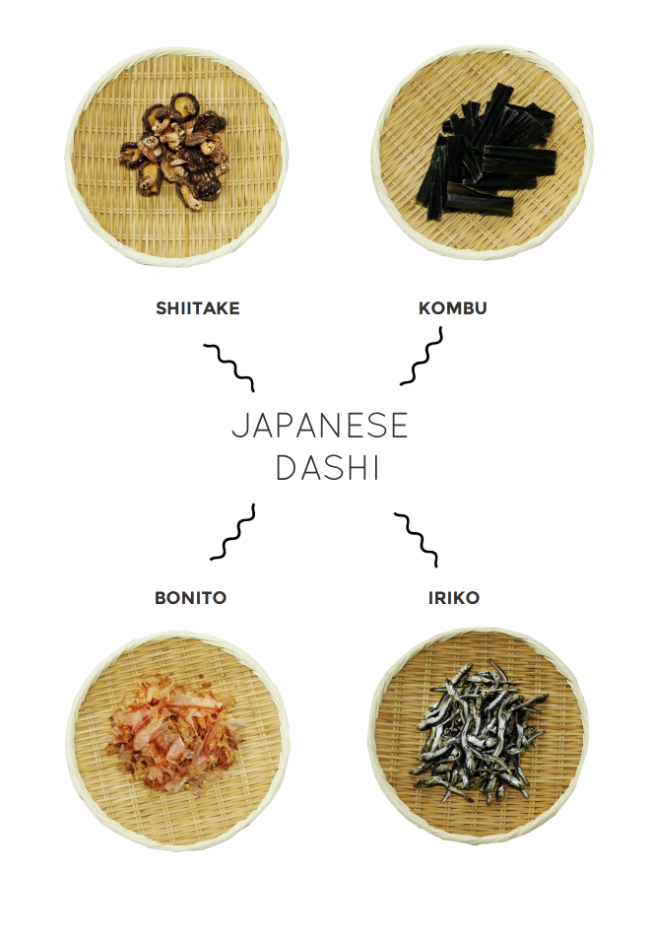
Dashi is the cooking broth at the heart of Japanese cuisine. This clear, and unassuming broth is infused with a distinct umami (savory) flavor, adding richness and depth to any dish. Dashi originated more than 800 years ago from the combination of pure Japanese spring water and kombu—a type of kelp—which contains glutamate, the source of dashi’s umami flavor.

Incredibly simple and elegant, Japanese dashi can be made with just water and one or two basic ingredients such as kombu and dried bonito fish, a cousin of tuna. It can be made in as little as 30 minutes compared to stock used in Western cooking, which may take hours to prepare.
Without dashi, it’s nearly impossible to cook a truly Japanese dish with authentic flavor. Read on for our guide to the different varieties of dashi, how dashi is used, how it can be bought, for a true taste of Japanese cooking.
Types of Japanese Dashi
Kombu Dashi

Kombu dashi uses just two ingredients, pure water and kombu kelp, making it an excellent broth option for vegans and vegetarians. There are two main techniques for preparing kombu dashi: mizudashi (cold water extraction) and nidashi (simmering). For mizudashi, steep a piece of kombu kelp in water overnight in the refrigerator. For nidashi, first add kombu kelp to a pot of cold water and soak for 30 minutes to 3 hours. Then heat the water slowly over medium heat, skimming the surface of the broth to keep it clear. Removing the kombu just before the water comes to a boil, to prevent the broth from becoming bitter or slimy, and strain the broth through a sieve. The result is a clear, lightly colored broth with a deep umami flavor.
Iriko/ Niboshi Dashi
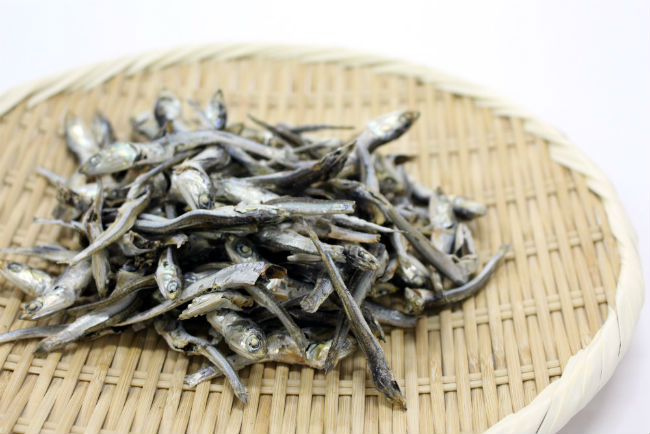
Iriko dashi, also known as niboshi dashi, is a simple dashi broth made with baby dried sardines or anchovies. It has a fishier flavor than other kinds of dashi and is more common in Japan’s eastern Kanto region, where there’s a greater preference for bold flavors. To make iriko dashi, simply boil baby dried sardines or anchovies in water until the fragrant scent of the fish starts to emerge. Some people prefer to remove the head and innards of the dried fish before boiling, believing that it makes the dashi bitter, while others prefer to boil the dried fish whole as it’s more natural and the fish heads provide a lot of flavor. You can either strain the fish out or leave them in the broth for soup.
Shiitake Dashi
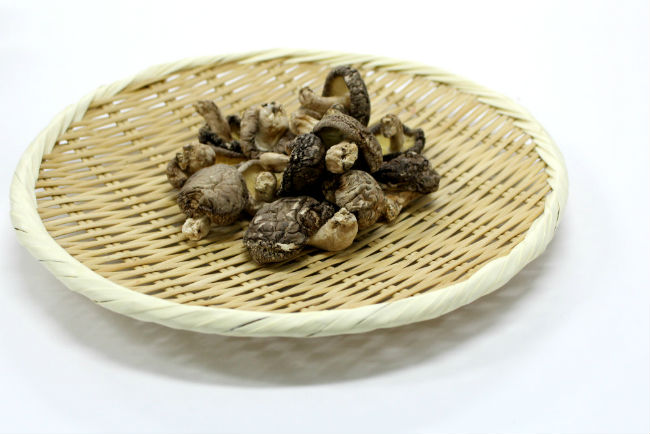
Shiitake dashi is another vegetarian and vegan-friendly dashi broth that’s made using dried shiitake mushrooms, due to their concentrated flavor. Soak the dried shiitake mushrooms in lukewarm water, as water that is too hot can prevent the mushrooms from releasing their flavor compounds, which create the savory umami flavor. The result is a thin, dark brown broth with a mushroom-like flavor. For a more flavorful broth, many people like to enhance their shiitake dashi by mixing one part shiitake dashi with two parts kombu dashi.
Bonito / Katsuo (Awase Dashi)
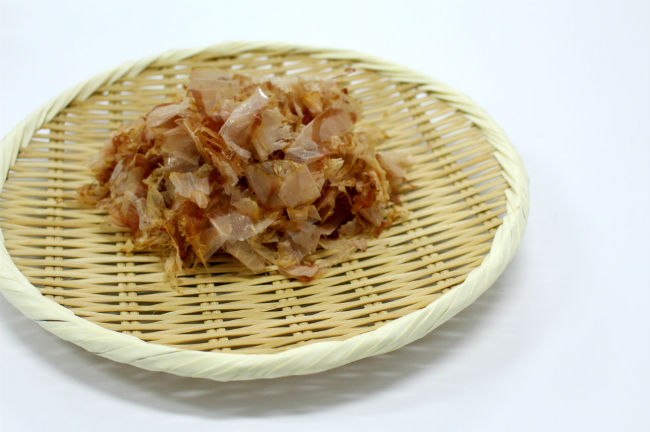
Awase dashi is what most people are referring to these days when they talk about dashi. Made with both kombu kelp and katsuoboshi (bonito fish flakes), awase dashi has a more complex and rounded flavor than simple kombu dashi. Start by preparing a kombu dashi using the nidashi method. Remove the kombu just before the broth comes to a boil and then add in the bonito fish flakes. Once the broth reaches a boil, remove it from heat and let it stand a few minutes until the dried fish flakes absorb the liquid and sink to the bottom. Strain the broth for a delicate tasting dashi with a light yellow color and refined flavor. If the kombu and bonito flakes are reserved and boiled a second time, it creates “second dashi’, which is cloudier and has a stronger flavor.
How to Use Dashi

Dashi is used in any Japanese dish that requires liquid for cooking. It’s also found at the heart of the soup broth in various broth-based dishes like nabe (hot pot), shabu shabu, sukiyaki, and oden. Mixed with soybean paste and a few cubes of tofu, dashi makes a flavorful miso soup.
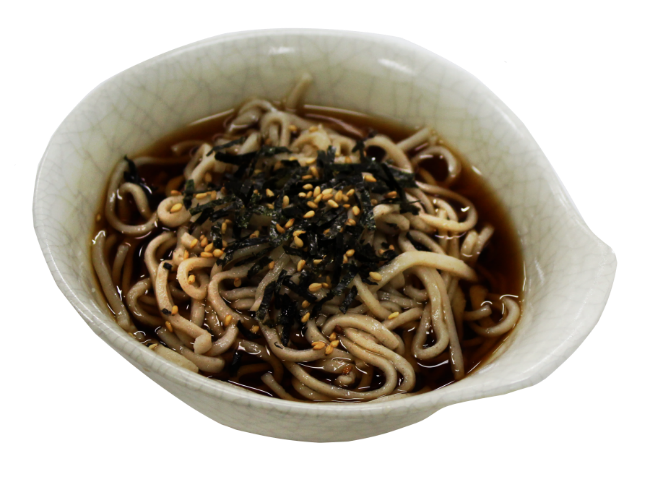
Dashi mixed with a bit of soy sauce, sugar, and mirin (sweet rice wine) can be used to make dipping sauces for fried tempura or chilled noodle dishes like soba buckwheat noodles and udon flour noodles. A greater amount of hot dashi broth can also be added to dipping sauce or broth or a hot noodle soup. In addition to noodles, dashi can be cooked with rice and mushrooms, vegetables, and fish or meat to make takikomi-gohan.

Ohitashi literally means ‘steeped in dashi’ and is a common way of cooking vegetables. Some popular dishes include okra ohitashi, spinach ohitashi and eggplant ohitashi. Nimono, or simmered dishes, using dashi broth are another large part of Japanese home cooking. This includes staples like nikujaga (boiled meat and potatoes), kabocha no nimono (simmered Japanese pumpkin), buri-daikon (braised yellowtail with daikon radish), and buta no kakuni (stewed pork belly). Dashi can also be mixed in with eggs to make dashimaki tamago, a Japanese rolled omelet.
Where to Buy Dashi

Dried kombu sheets, shiitake mushroom, and bonito flakes can all be purchased separately to make dashi. In addition, commercial dashi concentrate—available in instant powdered granules, liquid concentrate, or pre-made broth pouches—has become incredibly popular in Japan. Look for it in the Asian or international food section of your local supermarket, at Asian grocers, in health food stores, or from specialty vendors online.
Commercial dashi is so convenient and popular in Japan that making dashi from scratch is becoming a bit of a dying art. However, nothing beats the well-rounded flavor of homemade dashi broth, and a simple dashi can be made easily overnight or with a quick 30 minutes of preparation, so it’s worth it to try making dashi from scratch.
Now That You’re Familiar with Japanese Dashi, It’s Time to Sample Its Umami Goodness!
Dashi provides an authentic taste of Japan. Its an essential ingredient at the heart of Japanese cuisine, and you can try it in everything from soups to simmered dishes and dipping sauces. Check out the Gurunavi listings for restaurants where you can enjoy the flavor of dashi in all kinds of Japanese dishes.








